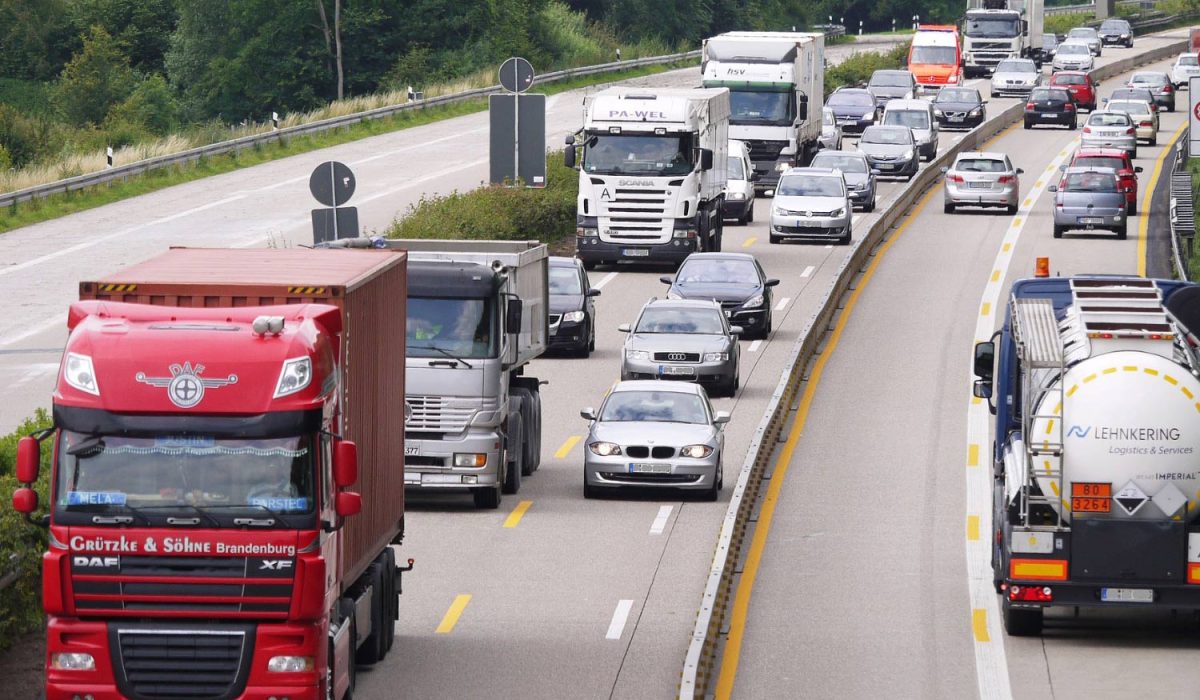Regular readers of our blog will be no strangers to the increasing demands of customers facing the last-mile delivery industry. Working with both retailers and third-party logistics businesses to solve their delivery problems, they are constantly reminding us just how much is expected of them in the age of convenience.
To meet these demands, businesses have turned to tried-and-tested logistics strategies that can deliver on promises to customers, while making their operations more efficient. One of these strategies is forward and backward scheduling.
We’ll take a look at what forward it involves, define it and get into the thick of how it works for the delivery and logistics industry. We’ll also use some practical examples of how we have helped delivery businesses establish their own backward and forward scheduling processes with the help of delivery management technology.
So whether you’re a courier, retailer, or just looking to learn some more about the topic, we think you’ll find what you’re after.
What is forward scheduling?
Forward scheduling is a method of planning the desired completion date of a specific task. With forward scheduling, the idea is that you start and complete the job at the earliest date possible.
For example, if a restaurant has recently renovated its kitchen and ordered new appliances, it may plan to install all of the new appliances from Monday to Friday in one week. If you are the one delivering the new cooker, you would schedule the delivery for Monday morning under the principle of forward scheduling.
As the name suggests, you are planning ‘forward’ your deliveries for that week with additional orders to follow.

